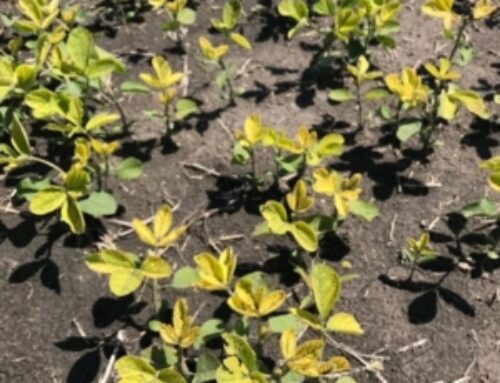
Traditionally we have always started soil testing in mid September. The reasoning for this was to try and capture any additional nitrogen mineralized due to warm, late summer weather. Because this amount has been shown to be inconsistent and/or negligable, it may not pay to wait.
There are many good reasons to start sampling behind the combine. The one I think is the most important is getting a more consistent 0-6″ sample. When it comes to immobile nutrients, most of our applied fertilizer stays in the top 3-4″ of soil because that’s typically as deep as we will cultivate. Fall tillage leaves a field fairly rough making it hard to gauge depth properly. Are we collecting the true 0-6″ in a cultivated field or are we collecting a 3-9″ sample in which nutrients might test significantly lower.
Other reasons for testing earlier are getting results back in a timely fashion for fall fertilizer applications. Volunteer regrowth can hide available nitrogen that may not be picked up in a later soil test.
Down sides to sampling early? As mentioned you might miss a small amount of mineralized nitrogen. According to Dave Franzen of NDSU, available potassium tends to be the lowest in late summer so it’s important to consider the timing of the sampling when interpreting your results.
I have attached a few links with additional information on the proper timing to take a soil test:
http://www.manitobacooperator.ca/crops/soil-test-right-after-the-combine/
https://www.ag.ndsu.edu/cpr/soils/soil-sampling-when-how-how-deep-08-18-16
Antara Agronomy’s Fall 2016 soil testing campaign is underway. All of our sampling is geo-referenced to ensure accurate, representative samples. We provide composite, benchmark and zone sampling services. Whether you have existing zone maps or need some made we can help you incorporate multiple layers of data including yield, topography and NDVI. Our focus in on the interaction between soils, fertility and the environment to help our customers achieve better crops









